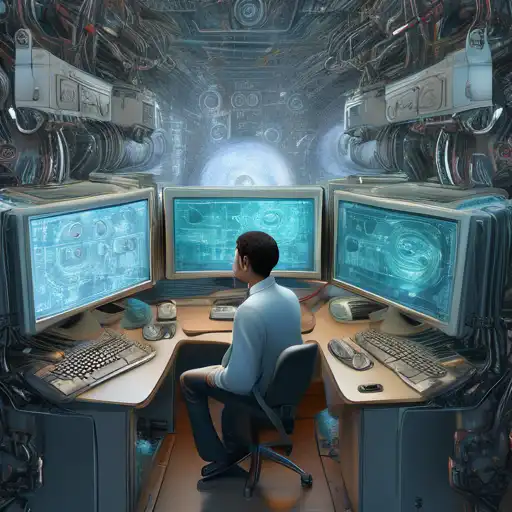Introduction to Computer Vision
Computer vision is a field of artificial intelligence that trains computers to interpret and understand the visual world. By leveraging digital images from cameras and videos and deep learning models, machines can accurately identify and classify objects—and then react to what they 'see.'
The Science Behind Computer Vision
At its core, computer vision involves the automatic extraction, analysis, and understanding of useful information from a single image or a sequence of images. It involves the development of a theoretical and algorithmic basis to achieve automatic visual understanding.
Key Technologies in Computer Vision
- Image Classification: Assigning a label to an entire image.
- Object Detection: Identifying objects within an image and drawing a bounding box around them.
- Image Segmentation: Partitioning an image into multiple segments to simplify or change the representation of an image.
- Facial Recognition: Identifying or verifying a person from a digital image or a video frame.
Applications of Computer Vision
Computer vision is used in a wide range of applications, from enabling self-driving cars to interpret their surroundings, to helping doctors diagnose diseases from medical imaging, and even in retail for inventory management.
Challenges in Computer Vision
Despite its advancements, computer vision faces challenges such as lighting conditions, viewpoint variations, and occlusions that can affect the accuracy of visual recognition tasks.
The Future of Computer Vision
With the continuous improvement in AI and machine learning, the future of computer vision looks promising. Innovations in neural networks and computational power are expected to solve more complex visual tasks, making machines even more perceptive.
For more insights into how artificial intelligence is transforming industries, check out our article on AI Transforming Industries.
Conclusion
Computer vision is a rapidly evolving field that is teaching machines to see and interpret the world around them. As technology advances, the potential applications of computer vision are boundless, promising to revolutionize how we interact with machines and the world.
